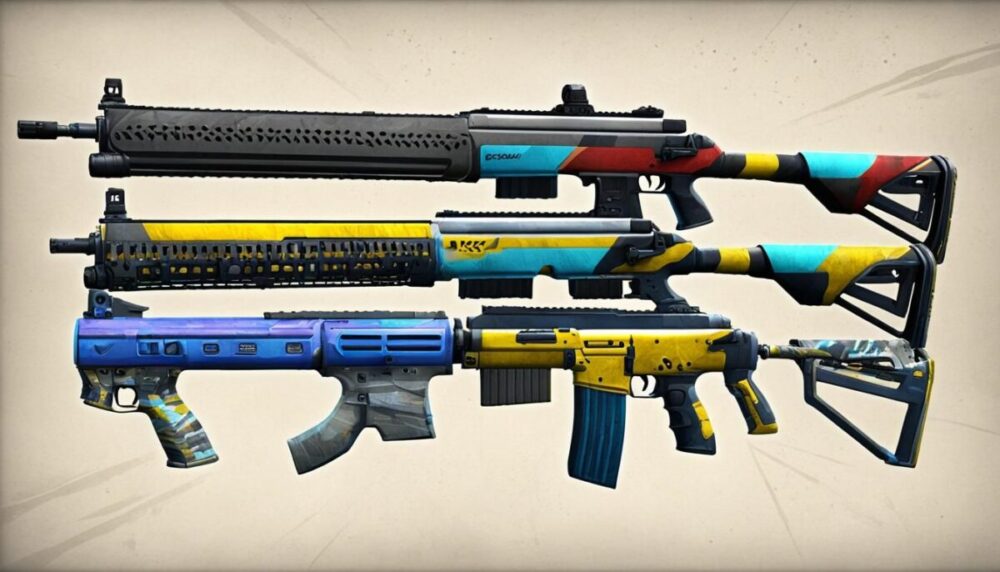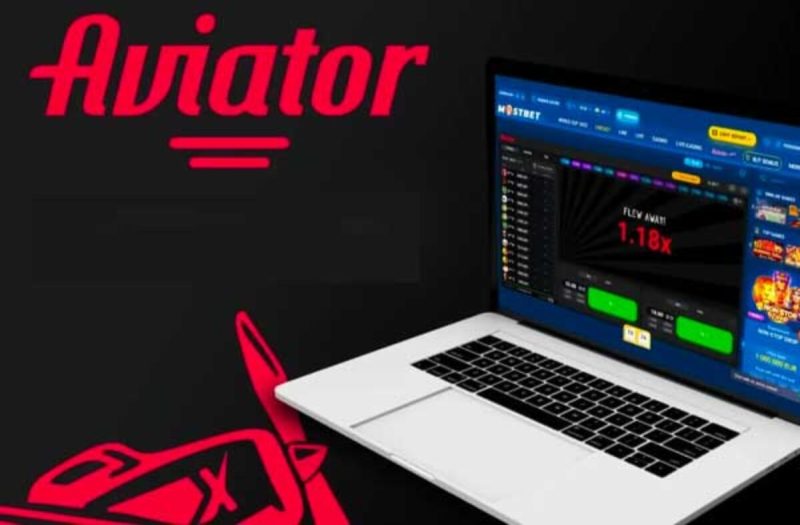Sim racing has gained immense popularity in recent years, driven by advances in technology that have made it more immersive and accessible. Enthusiasts and professional drivers alike are now using simulators to practice and compete in a virtual environment.
However, a common question remains: How realistic is sim racing compared to actual track racing? To address this question, we must examine several aspects of racing, including the physical experience, vehicle dynamics, track accuracy, and the broader learning experience.
Vehicle Dynamics and Physics
One of the key aspects where sim racing attempts to replicate real-world racing is in vehicle dynamics and physics. Modern racing simulators use sophisticated algorithms to model the behavior of cars under various conditions, such as acceleration, braking, cornering, and changes in terrain. These simulations incorporate factors like tire grip, suspension movement, aerodynamic drag, and downforce, striving to mirror real-world scenarios.
High-end sim racing setups often include feedback systems, such as force feedback steering wheels, to mimic the forces felt during actual driving. This feedback allows drivers to feel the nuances of understeer, oversteer, and road texture. For those looking to delve deeper into sim racing, the learn sim racing course offers insights into maximizing the experience by understanding the intricacies of these dynamics.

Track Accuracy and Layout
Sim racing shines in replicating the accuracy and layout of real-world tracks. Using laser scanning technology, many simulators can create near-perfect digital copies of famous circuits. This precision means that every bump, turn, and surface change on tracks like the Nürburgring or Spa-Francorchamps is present in the virtual world.
Physical and Sensory Feedback
One of the most significant differences between sim racing and real-world racing is the physical and sensory feedback. In real-world racing, drivers experience intense physical sensations, including G-forces during acceleration and braking, vibrations from the car’s chassis, and the heat inside the cockpit. The smell of fuel, the noise of the engine, and even the sensation of wind are all integral parts of the racing experience.
The Role of Equipment
The quality and type of equipment used in sim racing play a crucial role in its realism. High-end racing simulators, complete with triple-screen setups, VR headsets, motion platforms, and professional-grade steering wheels and pedals, offer a more immersive and realistic experience. These setups can cost thousands of dollars, making them a considerable investment.
Learning and Skill Development
Sim racing offers a valuable platform for learning and skill development. Many aspects of racing, such as understanding racing lines, improving reaction times, mastering throttle control, and practicing overtaking maneuvers, can be honed in a simulator. For new drivers, sim racing can provide a relatively safe environment to make mistakes, learn from them, and improve without the risk and cost associated with real-world racing.

A comparison table between sim racing and real-world racing may further illustrate the differences:
| Aspect | Sim Racing | Real-World Racing |
| Vehicle Dynamics | Sophisticated algorithms, force feedback | Real-time physics, G-forces, tire wear |
| Track Accuracy | High accuracy with laser-scanned tracks | Dynamic changes due to weather, maintenance, wear |
| Physical Feedback | Limited to force feedback, VR, motion simulators | Full spectrum of G-forces, vibrations, environmental factors |
| Equipment Required | Varies from entry-level to high-end setups | Professional-grade race cars, safety gear |
| Cost | Generally lower, depending on equipment | High, includes car maintenance, travel, safety |
| Risk and Safety | No physical risk, safe environment for learning | High risk, real-world consequences |
| Skill Development | Strong for learning fundamentals and strategy | Crucial for physical endurance, real-world racecraft |
Conclusion
While sim racing offers a highly realistic experience in terms of vehicle dynamics, track accuracy, and skill development, it does have its limitations compared to actual track racing. The lack of full physical feedback and real-world variables like G-forces and environmental changes means that it cannot completely replicate the real racing experience.
However, with the right equipment and training, sim racing provides an invaluable tool for both enthusiasts and professional drivers to improve their skills and prepare for real-world competition.




